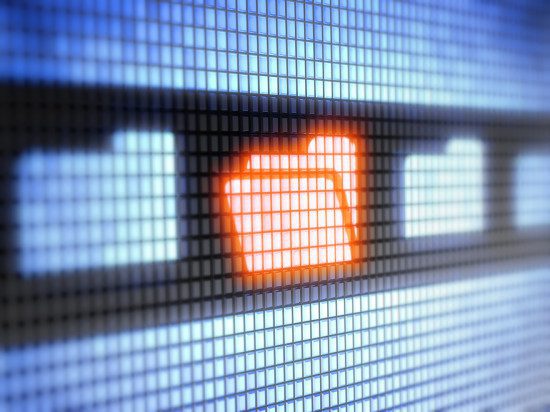Innovations also enable data protection policies to extend to images of identification documents such as passports; for GDPR compliance
Netskope, the SASE leader, today announced newly-issued patents from the U.S. Patent and Trademark Office, designed to protect data within image formats including JPG, PNG, and GIF. These inventions support organisations tackling regulatory compliance needs such as GDPR and LGPD, as well as protecting confidential corporate information by enabling granular and contextual data protection policies to be extended to image files.
As organisations shifted toward a remote-first workstyle, confidential meetings over video conference have become a daily occurrence in business. Research by Forbes and Zoom found that 41% of survey respondents have at least ten video conference business meetings per week, and these habits look set to continue beyond the global pandemic lockdown. In these meetings, sensitive and protected data is often displayed in employees’ homes through presentations and screensharing. Screenshotting such data is seen by many as an easy way to take notes, but it also creates a file which requires careful handling for compliance purposes.
Netskope’s data shows that at least 20% of traffic moving among enterprise web and cloud applications today is images. Images are ripe for data exfiltration, but they represent a security need in which legacy data loss prevention (DLP) solutions are limited, and in many cases, completely blind.
Krishna Narayanswamy, CTO and co-founder, Netskope commented; “All of our patents are intended to prepare our customers for a cloud-first, SASE-centric future. No other company combines next-generation secure web gateway (SWG) capabilities, Zero Trust principles, advanced machine learning to detect unauthorized data exfiltration, and advanced threat protection—all delivered in a cloud-based platform atop NewEdge, the world’s largest, most performant, security private clouds. Our teams ensure that the best of our inventions support our customers on their digital transformation journeys, protecting data wherever and however it is accessed.”
Netskope’s new patents take the company’s patent tally to over 40, with more than 50 others still pending. The latest patents include innovations in Artificial Intelligence, Machine Learning, Data Loss Protection and access control, and include sophisticated processing in real-time without compromising user experience. Recently awarded Netskope patents include:
● Detecting screenshot images for protecting against loss of sensitive screenshot-borne data (Patent No. 10,949,961), ensuring that sensitive data captured in screen shots of static screen images and video is immediately identified.
● Detecting image-borne identification documents for protecting sensitive information (Patent No. 10,990,856), which covers the process of training machine learning models to identify identification images such as passport, driver license, and SSN pictures.
● Data loss prevention (DLP) policy enforcement based on object metadata (Patent No. 10,979,458), including the enforcement of multi-part policies on data-deficient transactions of independent data stores.
● Client software connection inspection and access control (Patent No. 11,019,031), in which a third party app on the end user device is modified to allow certain sites and services to be mediated in a mid-link server, enabling a controlled and contained environment.
● Remotely accessed controlled contained environment (Patent No. 11,019,106), in which client devices can communicate with remote software environments that securely run applications, enabling policy controls both for client devices and the remote software environments.
● Middleware security layer for cloud computing services (Patent No. 11,019,101), combining active analysis of access requests for independent object stores with inspection of objects in those independent object stores
The opinions expressed in this post belongs to the individual contributors and do not necessarily reflect the views of Information Security Buzz.



